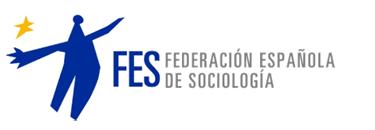Análisis del uso de TIC por parte de refugiados: lenguas y limitaciones
Palabras clave:
refugiados; TIC; móvil; lengua; TV.Resumen
El objetivo de este trabajo es analizar el uso de las TICs entre los refugiados. Para lograr este objetivo, se ha realizado una etnografía a través de cuestionarios y entrevistas a refugiados en Italia. Los resultados de esta investigación muestran la manera en la cual los refugiados usan la televisión y los móviles y como cada dispositivo se relaciona con un diferente uso de la lengua. La peculiar condición de ser refugiado afecta enormemente el uso de las TICs. Esto se debe principalmente a los límites que esta condición implica tanto en el uso de las TICs como en él de las lenguas.
Descargas
Descargas
Publicado
Número
Sección
Licencia
Todos los trabajos publicados en la revista Sociología y Tecnociencia se distribuyen bajo una Licencia Creative Commons Atribución 4.0 Internacional (CC BY 4.0).
Los autores continúan como propietarios de sus trabajos, y pueden volver a publicar sus artículos en otro medio sin tener que solicitar autorización, siempre y cuando indiquen que el trabajo fue publicado originariamente en la revista Sociología y Tecnociencia.



